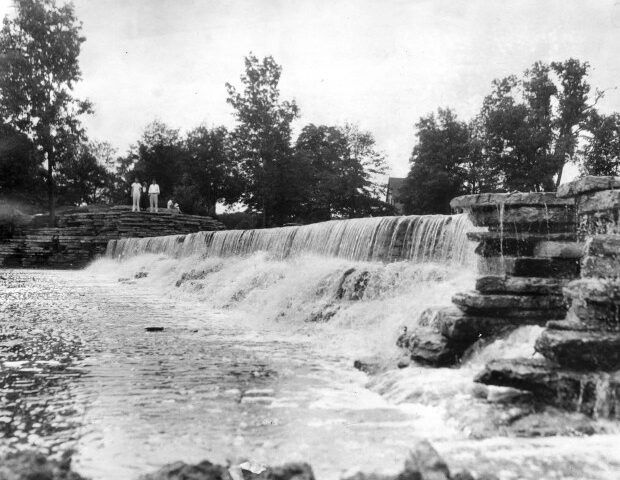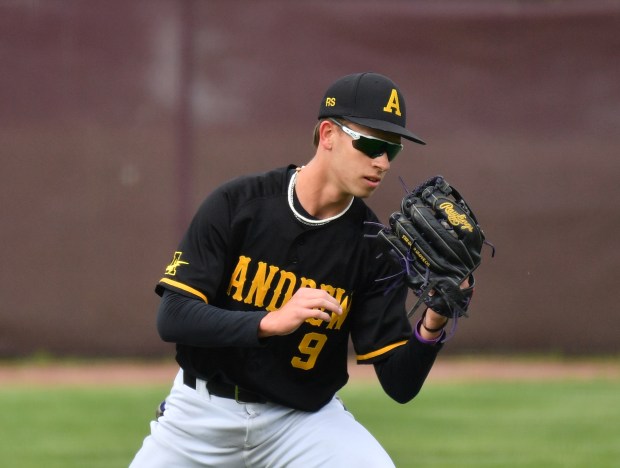Conversations about decarbonization have become more common in the last year, one local consultant said, and Indiana University Northwest is trying to add to that trend.
“I think a lot of people have their eyes on global data, what’s needed and what our role might be,” said Kathy Sipple, a senior resilience coordinator with Earth Charter Indiana. “I think until we sit down and all talk about what is possible, it’s going to be hard to have a coordinated effort and conversation.”
The Center for Urban and Regional Excellence in December will start a series of conversations surrounding decarbonization, IUN announced Oct. 24.
Ellen Szarleta, director of CURE, said the conversations will be at least four sessions and might continue past December. Sessions will be targeted toward different interest groups, including those in business, nonprofit and government sectors.
“We wanted to help people in the region and beyond understand the possibilities for collaboration across sectors and for carefully examining the decarbonization issue,” Szarleta said. “We’re laying the foundation by doing this work, and we’re going to better understand all the different stakeholder interests.”
Decarbonization aims to significantly reduce or eliminate carbon dioxide and other greenhouse gas emissions from the atmosphere, according to IBM’s website.
CURE’s decarbonization conversations will focus on how the process can be used in steelmaking, Szarleta said. The process can take multiple forms, Szarleta said, such as using a less carbon intensive fuel or switching technologies.
“There’s a lot of ways to go about doing it,” she added. “But essentially, the bottom line is that it’s a reduction of carbon in the process of production.”
Steel production is responsible for about 7-9% of global carbon dioxide emissions, according to a news release from IUN. The emissions are largely due to the steel industry’s reliance on coal and traditional blast furnace processes.
Blast furnaces use a coal product for heating and the chemical reaction. The furnace releases large amounts of carbon dioxide and toxic chemicals into the environment.
Szarleta has noticed more conversations about decarbonization since Northwest Indiana residents learned of a deal between Nippon Steel and U.S. Steel that would bring $300 million to Gary Works.
If the deal is accepted, the Japanese company would reline the Gary facility’s blast furnace, which would allow for higher steel production and increase the furnace’s life by up to 20 years. Local environmental activists in October announced they oppose the offer, saying the furnace will still be reliant on fossil fuels.
Concern around climate change has also led to more conversations about decarbonization, Szarleta said.
“Much of the conversation is focused on what’s going to help us grow economically while at the same time providing us with a natural environment that is conducive to having a high quality of life,” she added.
Szarleta and Sipple are still developing each session’s focus, and CURE will host between four and 10 sessions. They’ve been working on the program for about nine months, Sipple said.
Both women are excited to see how the program continues to develop and what community members will take away.
“If we’re going to make meaningful change in the area, it’s really going to take a comprehensive approach,” Sipple said. “We’re going to need to have complex conversations.”





